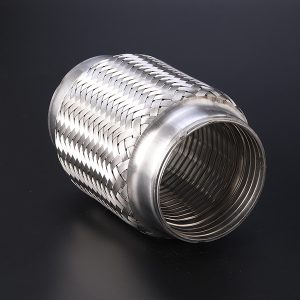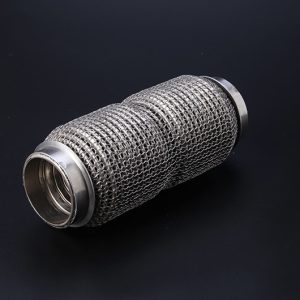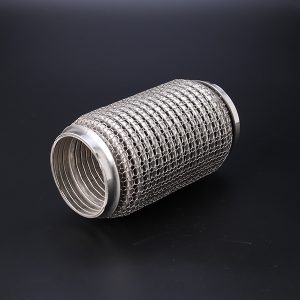


The automotive industry has been facing numerous challenges regarding the performance of exhaust hoses in vehicles. The exhaust system plays a crucial role in maintaining the overall health and performance of a vehicle. It is responsible for removing harmful gases and pollutants from the engine, thereby ensuring the safety of passengers and the environment. However, the performance of exhaust hoses is greatly affected by temperature and pressure.
Temperature is a significant factor that affects the performance of exhaust hoses. High temperatures can cause the hoses to expand, crack, or even melt, leading to exhaust leaks. These leaks can cause harmful gases to enter the cabin, leading to health hazards for passengers. Therefore, it is essential to use high-quality materials that can withstand high temperatures.
Pressure is another significant factor that affects the performance of exhaust hoses. Exhaust gases generate high pressure, which can cause the hoses to burst or collapse. This can lead to a loss of power and efficiency, as well as increased emissions. Therefore, it is essential to use hoses that are designed to withstand high pressure.
To ensure the optimal performance of exhaust hoses, it is crucial to choose the right materials and design. High-quality materials such as silicone, fluorocarbon, and PTFE are widely used in the automotive industry due to their ability to withstand high temperatures and pressure. Additionally, the design of the hoses should be such that it can handle the exhaust gases’ flow and pressure.
In my view, the impact of temperature and pressure on the performance of exhaust hoses is significant. It is essential to use high-quality materials and design to ensure the optimal performance of exhaust hoses in automotive exhaust systems. By doing so, we can ensure the safety of passengers and the environment while also improving the overall efficiency and performance of vehicles.

